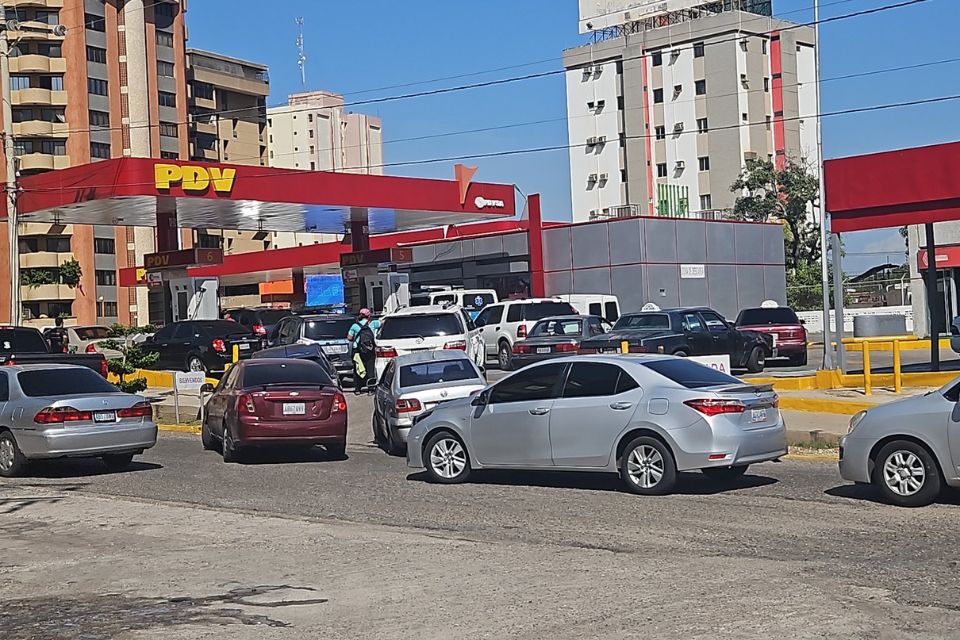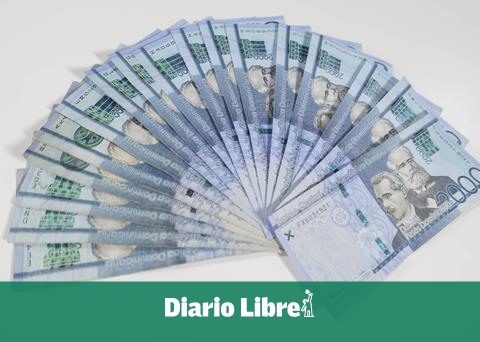The quote of the dollar In recent days, the exchange rate has shown significant fluctuations both in the official market and in the parallel market, known as the blue dollar. These movements reflect the continued volatility of the Argentine exchange market, influenced by internal and external economic and political factors.
He dollar The official rate, which is the exchange rate controlled by the Central Bank of the Argentine Republic (BCRA), remained relatively stable compared to previous days. According to the screens of the Banco de la Nación Argentina (BNA), the official dollar was quoted on Thursday at $929.50 for purchase and $969.50 for sale.
This exchange rate is used primarily for regulated commercial and financial operations, and its stability is crucial for the Argentine economy, as it directly affects import and export prices.
On the other hand, the blue dollar, which operates in the parallel market and is an important reference for the informal economy, showed a slight decline. The blue dollar was quoted at $1,315 for purchase and $1,335 for sale. This quote is significant because it reflects the market’s perception of the country’s economy and monetary policy.

Fountain: Dollar Today.
The gap between the official dollar and the blue dollar is an indicator of confidence in the economy and inflationary expectations. This Friday, August 30th, the dollar The dollar is quoted at $1,295 for purchase and $1,315 for sale. Meanwhile, the official dollar is quoted at $930 for purchase and $970 for sale.
Several factors influence the dollar exchange rate in Argentina. These include the BCRA’s monetary policy, inflationary expectations, the government’s fiscal situation and the international context. In recent months, the government has implemented measures to control inflation and stabilise the exchange rate, such as reducing the PAIS tax from 17.5% to 7.5%.

Instability
The quote of the dollar The dollar has a direct impact on the Argentine economy. A stable official dollar helps control inflation, as it reduces the cost of imports. However, the existence of a parallel market with a significantly higher exchange rate reflects distrust in the economy and can generate additional inflationary pressures.
He dollar The blue dollar, being a reference for many informal transactions, also affects the purchasing power of citizens. A wide gap between the official dollar and the blue dollar can encourage the dollarization of the economy, where citizens prefer to save and make transactions in dollars instead of pesos, exacerbating economic instability.
















